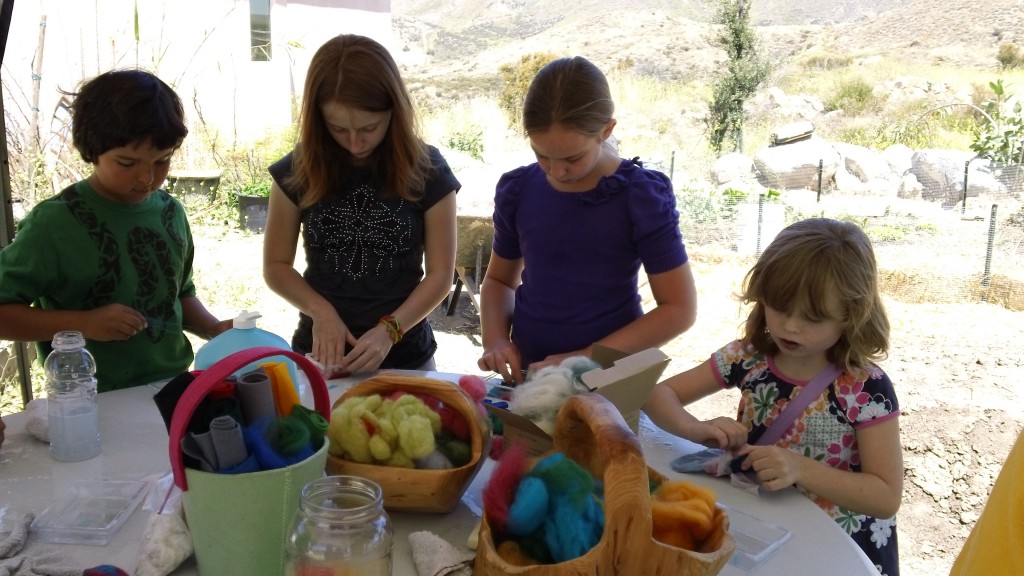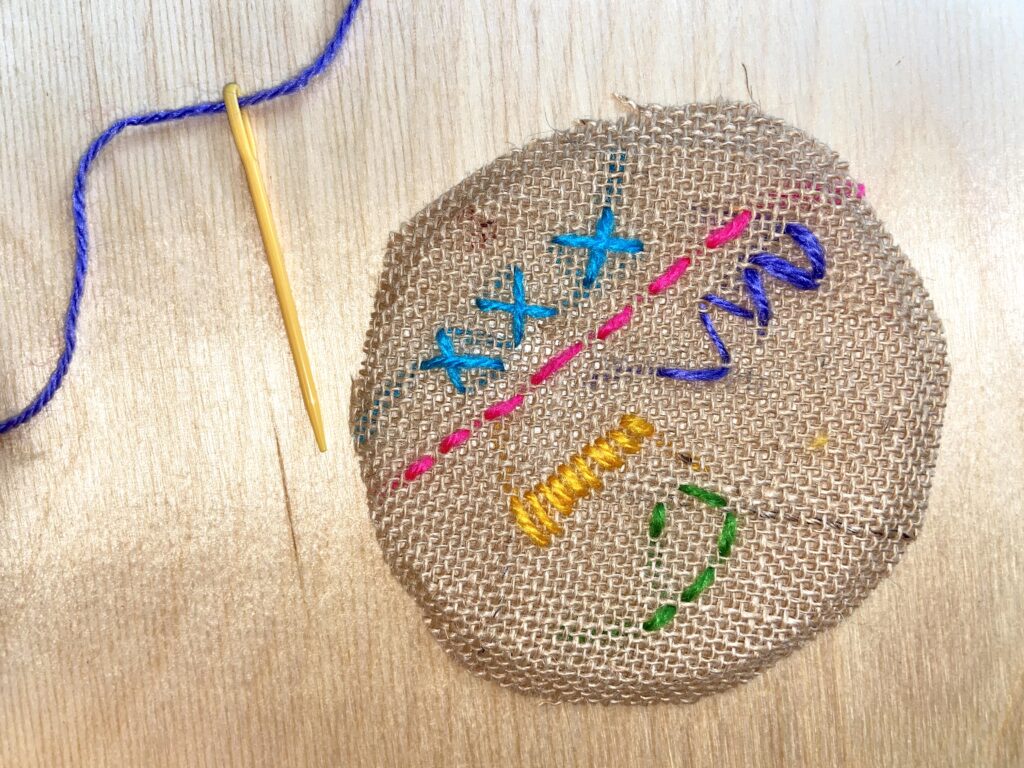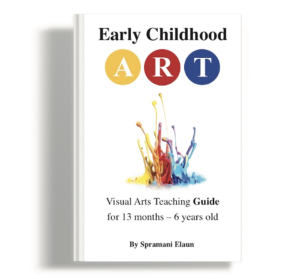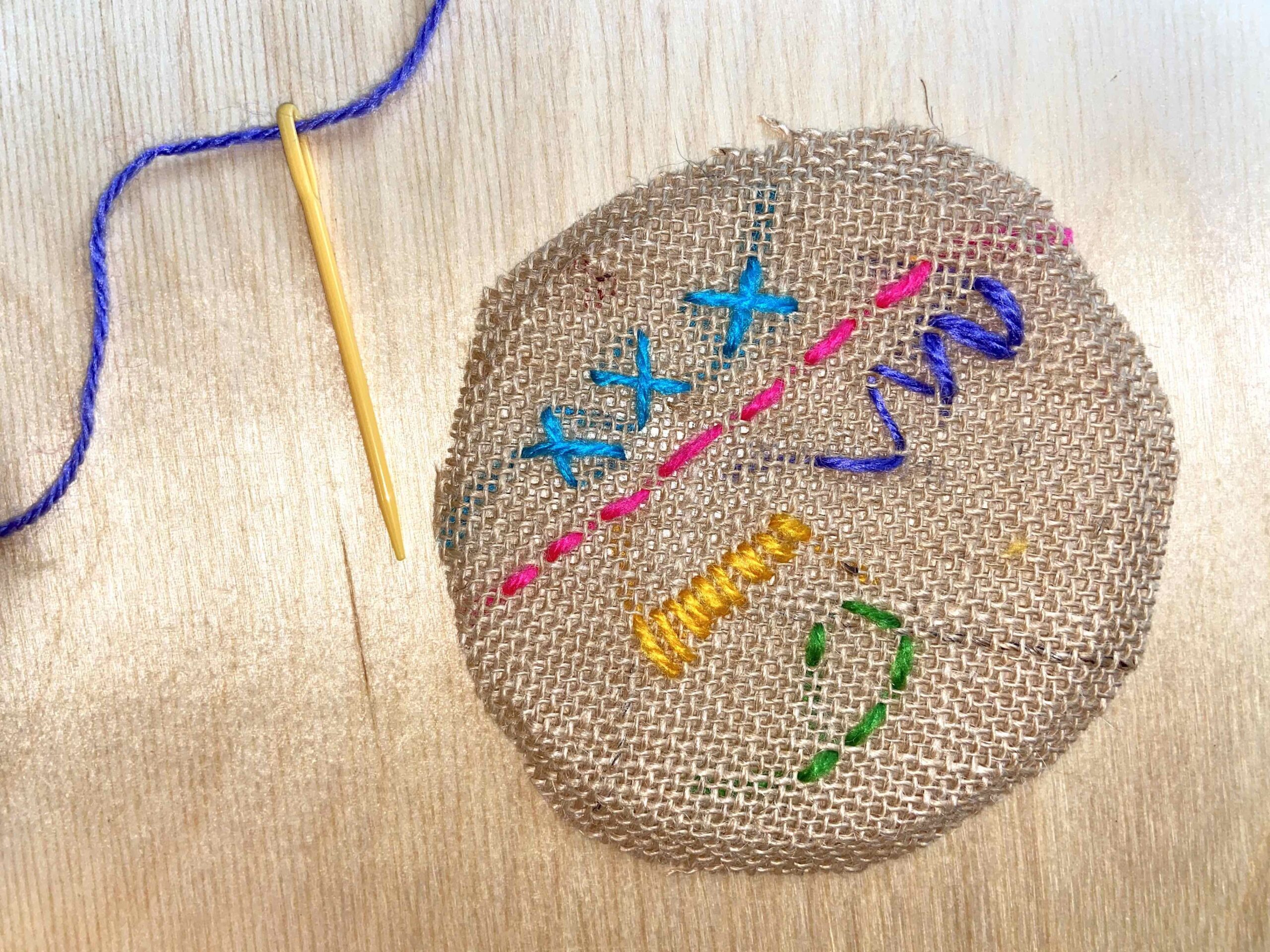
We often think of painting and drawing as traditional art, but crafts are also very important. But, some people wrongly believe crafts aren’t real art. Traditionally, this comes from school where craft projects where everyone has to make the same thing, so all the crafts look identical. That’s why some people don’t think crafts are artistic
However, children can show their creativity by making unique arts and crafts. Artists can express feelings in crafts and emotions. Skilled craft makers can create beautiful and useful decorative items, like pottery that’s both artistic and practical. When arts and crafts come together, it’s a way to be creative and functional at the same time.

Cultural Crafts
I have been lucky to travel to both eastern and western countries to see beautiful handmade crafts. I had the chance to see artisans making crafts in person. Seeing different crafts made by different cultures. From these experiences, I’ve learned that each culture’s crafts tell a story about their history. These stories share details about the people, traditions, resources of the land, and even their beliefs. Most crafts have deep roots in tradition and are passed down to younger generations as a precious legacy.
You may have heard the phrase “a dying art.” Because idea comes from when older people don’t pass on their unique artistic skills, which can cause a culture’s style to fade away. My own grandfather used to make Mexican candy, and my grandmother was skilled at sewing and crocheting. They passed down these skills through the generations, but my siblings and I, being second-generation Mexican Americans, didn’t learn these crafts before our grandparents passed away. Sadly, their special styles and techniques were lost with them. As a hobby, I now teach myself how to sew. I wish I had the chance to learn my grandparents’ creative ways.
Craft materials

Crafts have been around for centuries and hold great cultural value in many parts of the world. Usually made using various materials and crafted with an artist’s skillful touch. I’ve seen a wide range of craft styles, from block-painted fabrics in India and Nepal to intricate baskets woven in Vietnam. In Indonesia, they create cloth patterns using beeswax in a technique called batik. Turkey is known for its woven rugs and textiles, as well as detailed woodwork.
In particular, Native Americans craft beautiful beaded items using feathers and leather, along with intricately decorated pottery. Mexico boasts carved and stained leather pieces, as well as knitted fabrics. Materials can include fiber, fabric, wood, clay, metal, glass, paper, and animal hides.
Crafts focus on the elements of art
Also many crafts can be a great way to learn about the Elements and Principles of Design! If you’re not familiar with this term, it’s all about teaching the language of art, which I base my art lessons on. This artistic language helps create the focus for art lessons. These essential principles guide how to create visually pleasing crafts.
Because starting with basic elements like colors, patterns, and textures, children can enhance their handicrafts. By understanding these basic principles, their crafts will have an artistic touch. However, they can experiment with combining different elements and choose which principles of art to incorporate into their final design. Alongside acquiring skills, using artisan tools, and working with raw materials, they can bring their artistic vision to life.
For example, by teaching weaving you can select color choices and design patterns. They may choose to weave warm and cool colors into a consistent pattern. Or can clay modeling a pinch pot. In particular a child can decorate a pattern of line and heart shape texture on the outside of their pot with carving tools. Other examples could be crafting a leather key chain. Such as, by choosing the shape to cut out of raw leather from. Or even design decorative interesting line patterns. Finally, sew beads of colors, or paint on it to make it interesting.
Furthermore, The Elements and Principles of Design can be applied in all craft projects. Plus support the actions of the artistic process. Learn more about the artistic process by reading my books HERE.
So I want to end with pointing out opportunities to theme crafts with cultural history lessons. Notably, matter what pedagogy you focus on. You can zero in on the artisan technique and craft from all cultures and lands. Teach ancient civilizations by exploring crafts. Look at the fundamental needs of a civilization, look closer at the art or functional crafts from that region.
- Clay modeling – carving, mosaic patterns
- Weaving – strings, fibers, roving
- Basket weaving – grasses and recycled materials
- Macrame
- Wood – carpentry, whittling
- Wool – water felting, needle felting, spinning wool
- Knitting – hand knitting, crochet, embroidery
- Sewing – hand stitching, needle point, cross stitching , sewing machine
- Leather – wallets, purses, pouches, key chains
- Fabric dying
- Jewelry making – beading
- Paper making – origami folding, recycled paper making
If you want to jump into teaching a crafts like clay modeling, order my full sequential Clay Modeling CURRICULUM HERE.


All rights reserved © 2025, Nature of Art®

No part of this blog may be used or be reproduced in any manner whatsoever including reproducing, publishing, performing, and making any adaptions of the work – including translation into another foreign language without written permission except in the case of brief quotations embodied in critical articles and reviews. Nature of Art® Publishing P.O. Box 443 Solana Beach, California 92075.


